According to FICCI, paperboard products account for more than 30% of the packaging industry. That’s because corrugated boxes are so popular. As an example, conventional slotted containers are widely used in shipping and storing. The advantages of corrugated boxes include their low cost, durability, and environmental friendliness. However, not all boxes are created equal. That said, they vary widely in compressive strength, thickness, chemical resistance, and other factors.
The following information will help you choose the right corrugated box for your packaging needs. The strength and structure of the cardboard directly affect the weight a box can carry. It is possible for a box that is too weak to puncture or collapse. On the other hand, too many boxes mean you pay extra for materials and increase environmental waste.
Manufacturers conduct a variety of tests in order to determine how well-corrugated boxes will hold up to external influences. The following is a summary of common corrugated box test methods.
Corrugated box test method:
- Burst Strength Test
- Edge Extrusion Test 2 Single
- Glue water resistance
- Cobb Sizing Tester
- Paper weight and thickness
- Puncture resistance
- Abrasion test
- Box compression test
- Chemical Analysis in Corrugated Box Testing

1. Burst strength test
- Content: Test the strength of the box under pressure
- Reason: In order to determine the exact weight a box can carry, it must be handled roughly
Corrugated cardboard walls are tested for toughness by the Mullen test, or burst strength test. A rubber diaphragm is used to apply pressure to a corrugated box wall until it ruptures.The diaphragm expands using hydraulic pressure, and as the diaphragm expands, the corrugated cardboard ruptures under the pressure.
The burst strength is measured in kilograms per square centimeter. A cardboard’s burst coefficient equals the thousand times its burst strength divided by its weight. The burst coefficient is calculated by multiplying the burst strength (kg/cm2) by 1000/gram weight (gm/m2)
2. Test for edge crush
- Contents: Transverse crushing of corrugated cardboard
- WHY: Test material quality, stacking strength, pallet transport durability
An edge crush test, or ECT, is one of the most popular methods of testing corrugated box stack strength.
Edge Crush is performed by applying a force perpendicular to the ridge to one side of the box. The Ring Crush test uses a ring cut from a box. A flat compression test applies too much force to one side. Edge crush test results are measured in pounds per linear inch of load-bearing edge but expressed in ECT.
ECT gives you an accurate picture of how strong your boxes will be when palletized and transported. To provide the same level of strength, ECT-rated corrugated boxes use less material than equivalent burst test-rated corrugated boxes. Thus, buying ECT-grade boxes in bulk is cheaper and less wasteful. The above results (the overall strength of the box) may vary depending on the composition of the corrugated sheet. Before making a decision, it is important to understand the type of ripple.
3. Bonded water resistance
- Content: Test the waterproofness of the corrugated cardboard adhesive layer
- WHY: To test the influence of climate conditions, moisture permeability, and water absorption
Despite the fiberboard’s ability to absorb and retain water, it is important to test the bond or seal for waterproofness. In some applications, corrugated cardboard box bonds are tested for water resistance according to the FEFCO 9 standard. To test bond strength and water absorption, corrugated cardboard is immersed in water with the glue line exposed.

4. Cobb slurry tester
- What: Checks water resistance and measures weight gain when exposed to water
- WHY: Test box quality, porosity
The raw materials used to make corrugated cardboard have a tendency to absorb and retain water. Water absorption is measured with a Cobb Sizing tester.
Water is first applied to corrugated cardboard in this test. Use pressure to force the water out of the sample. Usually, depending on the quality, although the planks are held down by heavy-duty steel rollers, not all of the water is removed. Cobb value refers to the weight difference due to retained water. Water resistance increases with a lower Cobb value. Certain certifications require Cobb testing, especially those involving the packaging of hazardous materials.
5. Paper weight and thickness
- Contents: Test areal density and thickness
- Why: To test box quality and rigidity
There are two basic properties that determine the quality of corrugated cardboard: its gram weight and its thickness. In corrugated box specifications, there is no “best” grammage or thickness; it all depends on your needs.
When more padding is required, use a box with a higher thickness. As a result of its larger grooves, corrugated cardboard holds more air. Sheets with dense grooves have a high grammage. Boxes of this type are needed when packaging needs to be more compact and strong.
In general, thickness is measured in millimeters (mm), and grammage is measured in grams per square meter (g/m2).
Boards that are thinner are easier to fold, lighter, and better suited for printing and detailing. The thicker ones are stronger and suitable for heavy transport. The corrugation type (A, B, C, E, or F) determines the strength of the board, with C being the most common (4.0mm).
6. Puncture resistance
- Tests the resistance of sharp solid objects to penetration
- To test the cardboard’s strength and sturdiness during transportation
A pyramidal or triangular weight is used to test the box’s ability to withstand punctures. FEFCO 5 or ISO 3036 are standards for puncture testing of corrugated boxes.
7. Abrasion test
- What: Check the durability of printed or painted boxes against wear and tear
- Why: Ensure that the printed text on the cardboard box can withstand friction, wear, and tear
Printing is an integral part of packaging. It is important to check the label’s or print’s ability to handle wear and tear when using different printing methods. Wear or friction tests are used for this purpose. Sutherland Rub Tests are industry standards. This method is used to test coated surfaces such as paper, film, cardboard, and all other printed materials. Alternative methods can also be used to test corrugated boxes for abrasion resistance. There are spinning wear testers and even manual swabs available. Pharmaceutics and medical industries rely heavily on abrasion testing to ensure label legibility.

8. Box compression test
- Corrugated boxes are tested for their compressive strength
- Why: Pallet stacking strength measurement
The box compression test, also known as the container compression test, is a method to test how much load the box can withstand and the degree of deformation before deformation. This gives us an idea of how many boxes can be stacked without damaging the bottom one. This test is critical to check the strength of boxes and is required by most industries that ship boxes in bulk.
The boxes were tested in different orientations. Box designs with internal supports, such as wood supports or corrugated cardboard cushioning, will also be considered.
McKee’s formula can also be used to calculate the compressive strength of a corrugated box, which takes the edge crush test (ECT), the caliper or corrugator caliper (CBT) and the box itself into account. perimeter (P) values.
According to McKee’s formula: compressive strength = 5.874 * ECT * CBT0.508 * P0.492
9. Chemical Analysis in Corrugated Box Testing
- Contents: Test box for resistance to chemicals
- Why: Check Product Formulation and Compliance
To determine the properties of fibreboard and its resistance to certain chemicals, chemical analysis is required. Fiberboard is analyzed microscopically to determine what type of paper was used to make it. Additionally, the moisture content and pH of the plates were determined.
10. Choose the right box according to your needs
Your business needs can be determined by the corrugated box testing program. Most boxes have a stamp that lists the specifications and box strength. You can calculate the weight of a package using ECT values, for example. In addition, box compression testing can help determine stack strength, which is particularly important when shipping and shipping.
Take your time to find the perfect box. It can save you a lot of costs and reduce material waste.

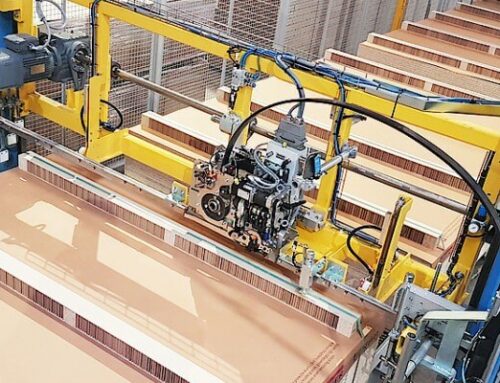
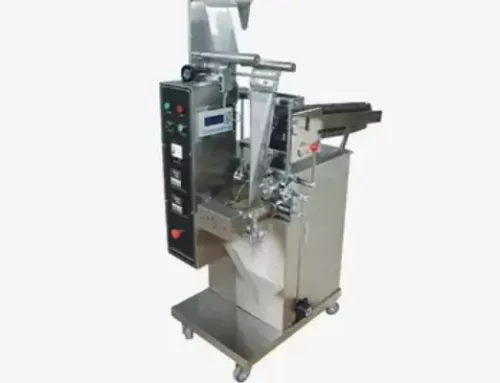
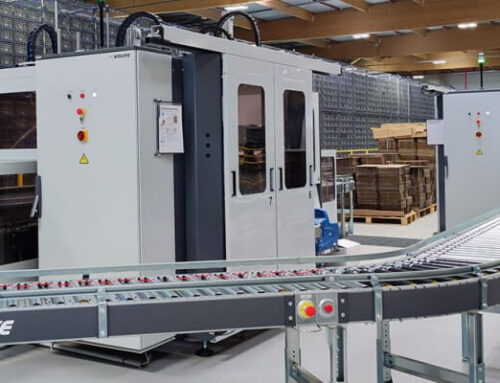
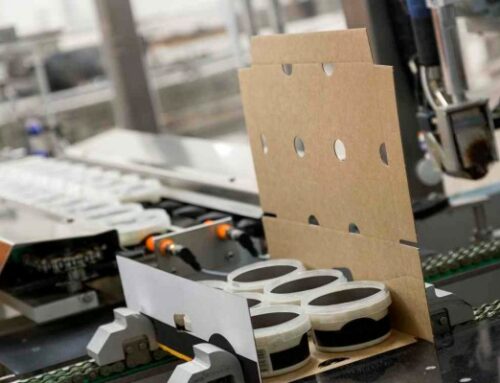
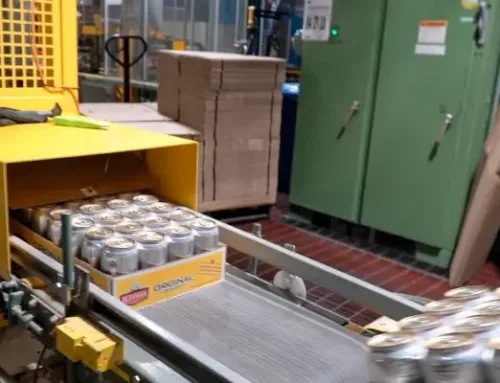
Leave A Comment